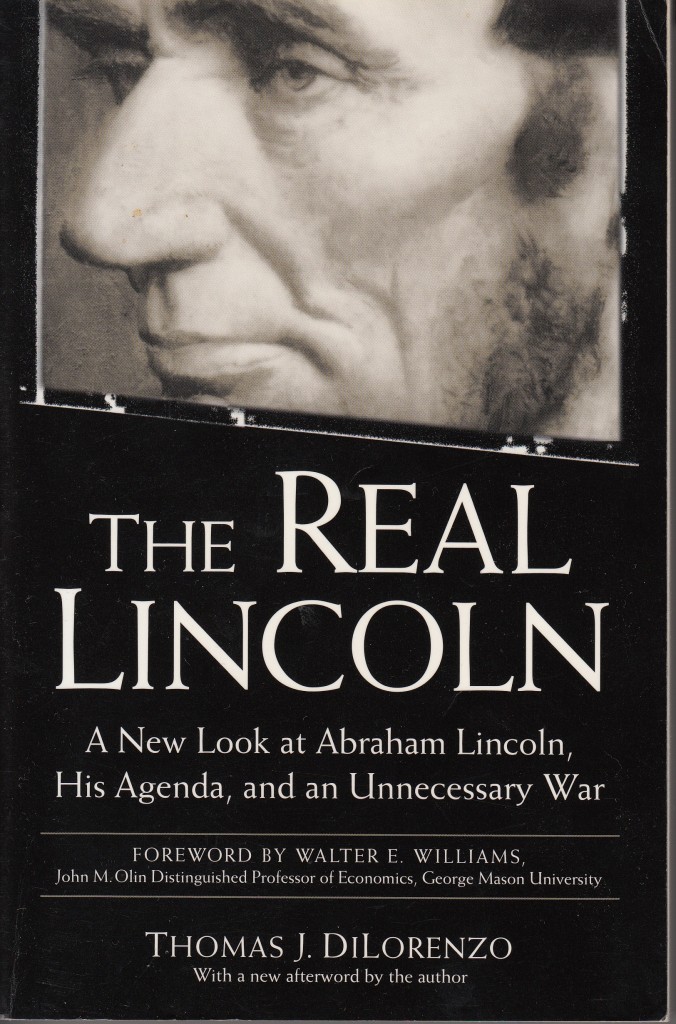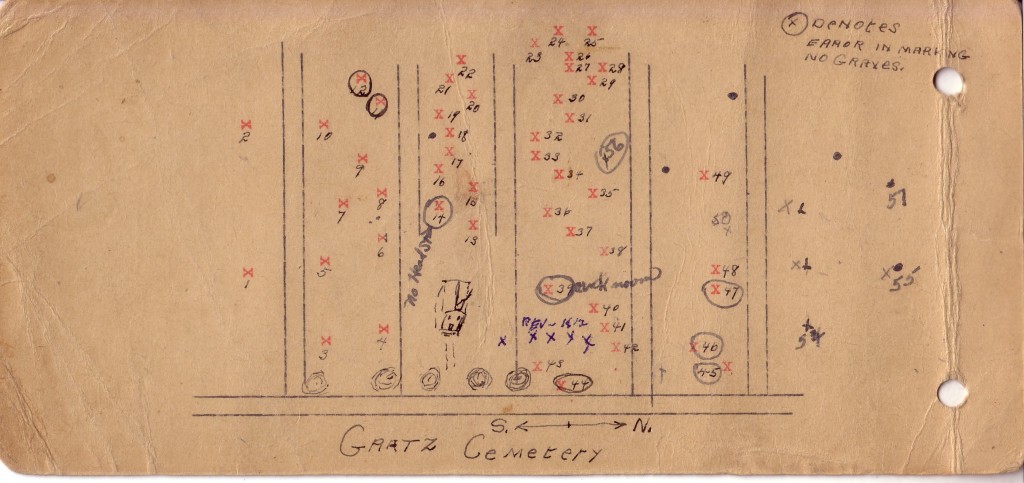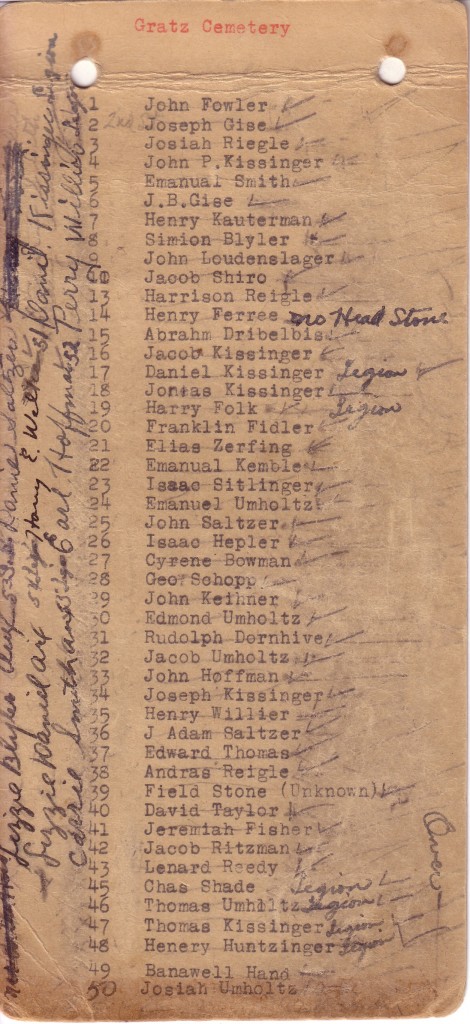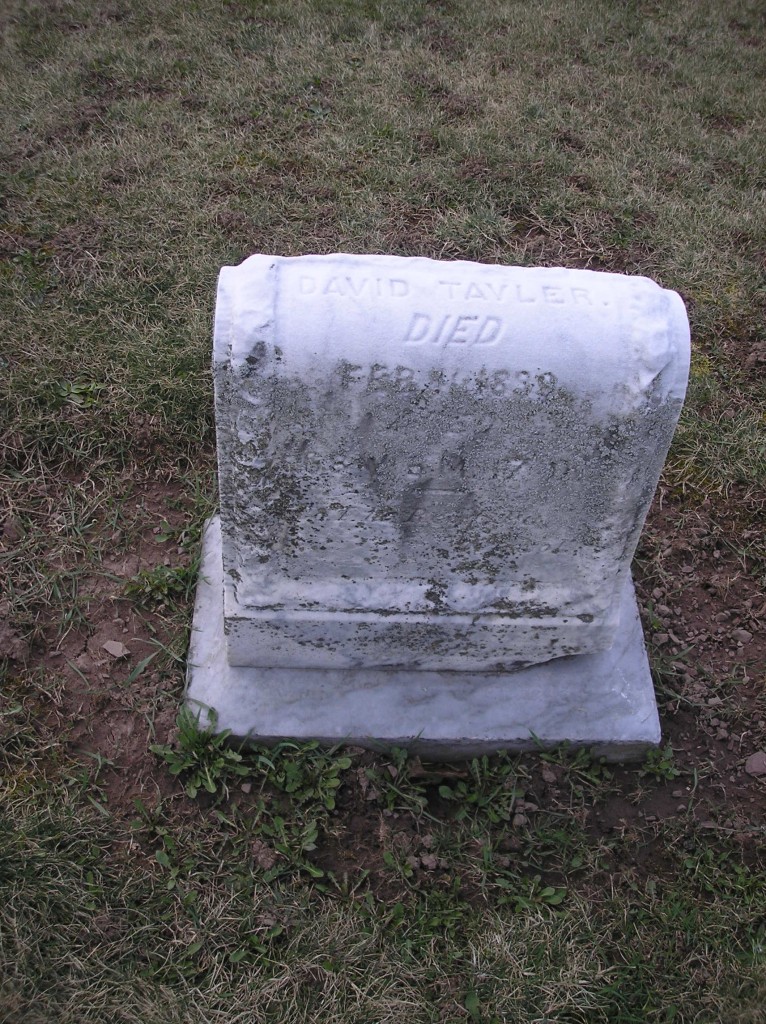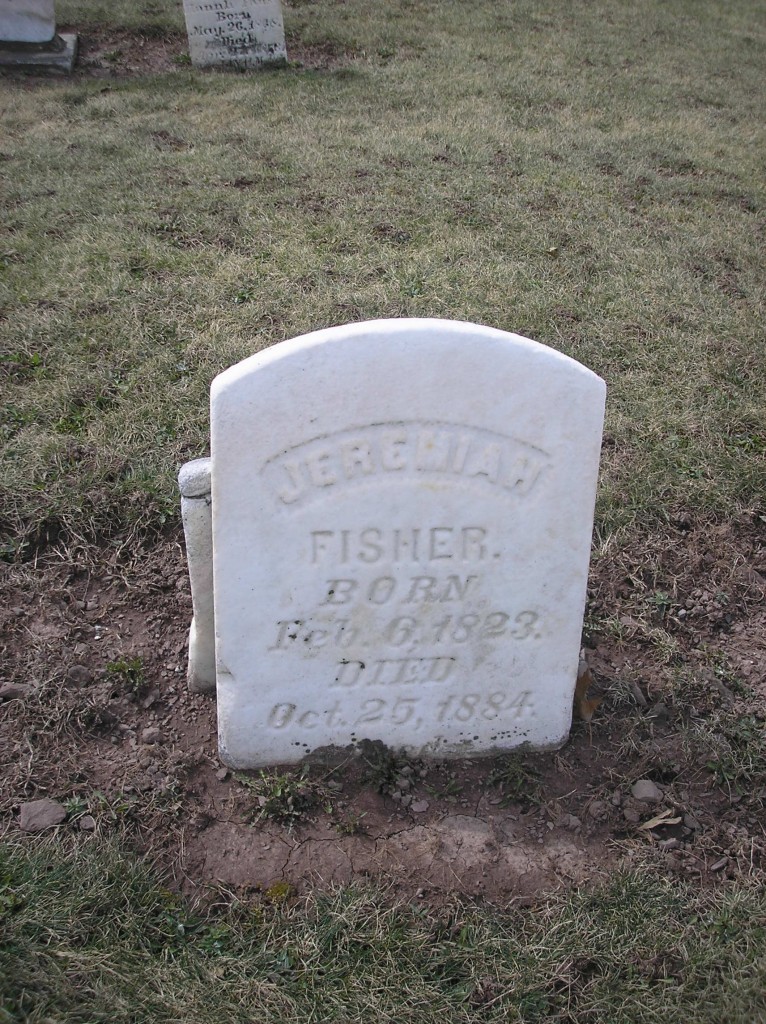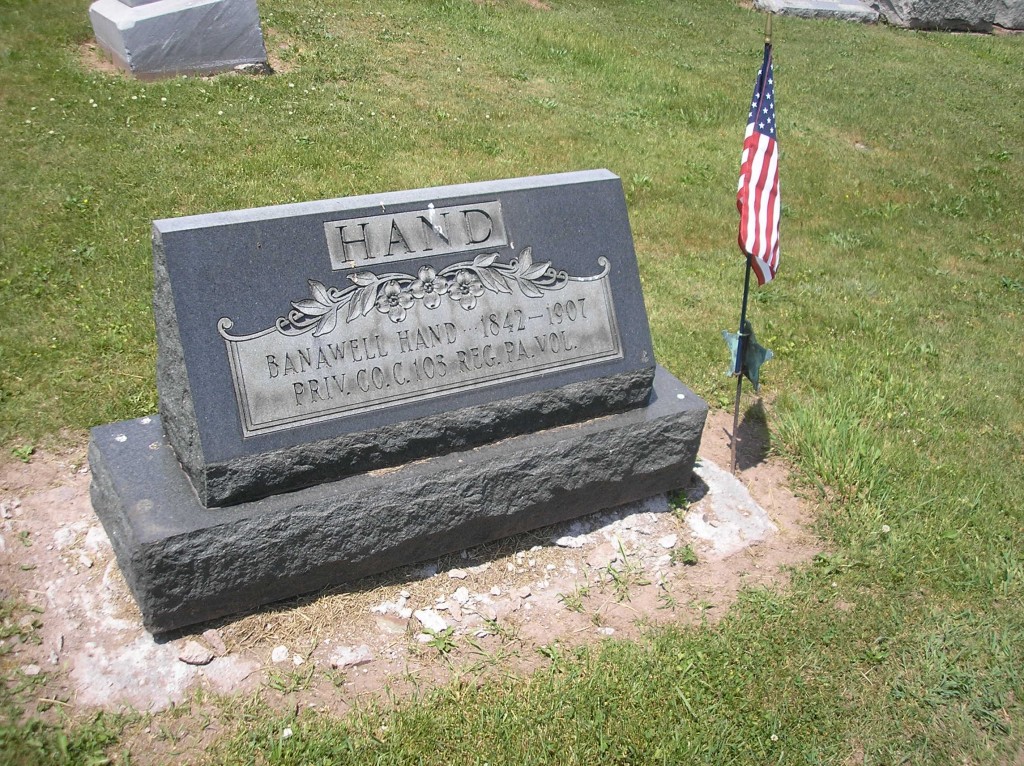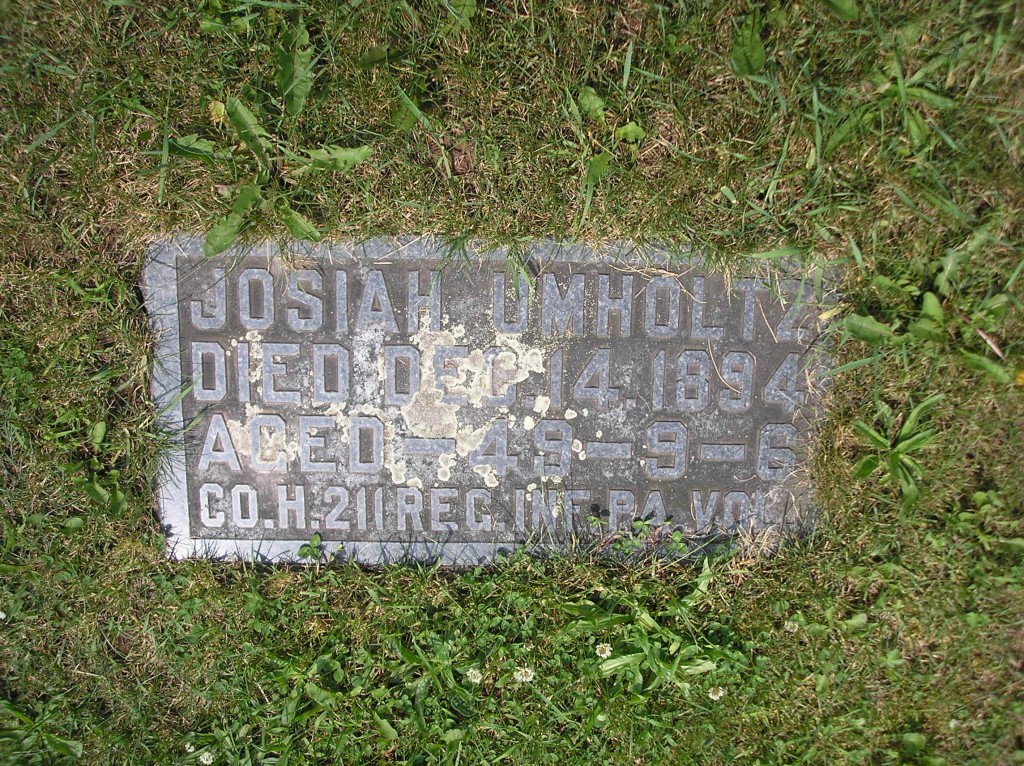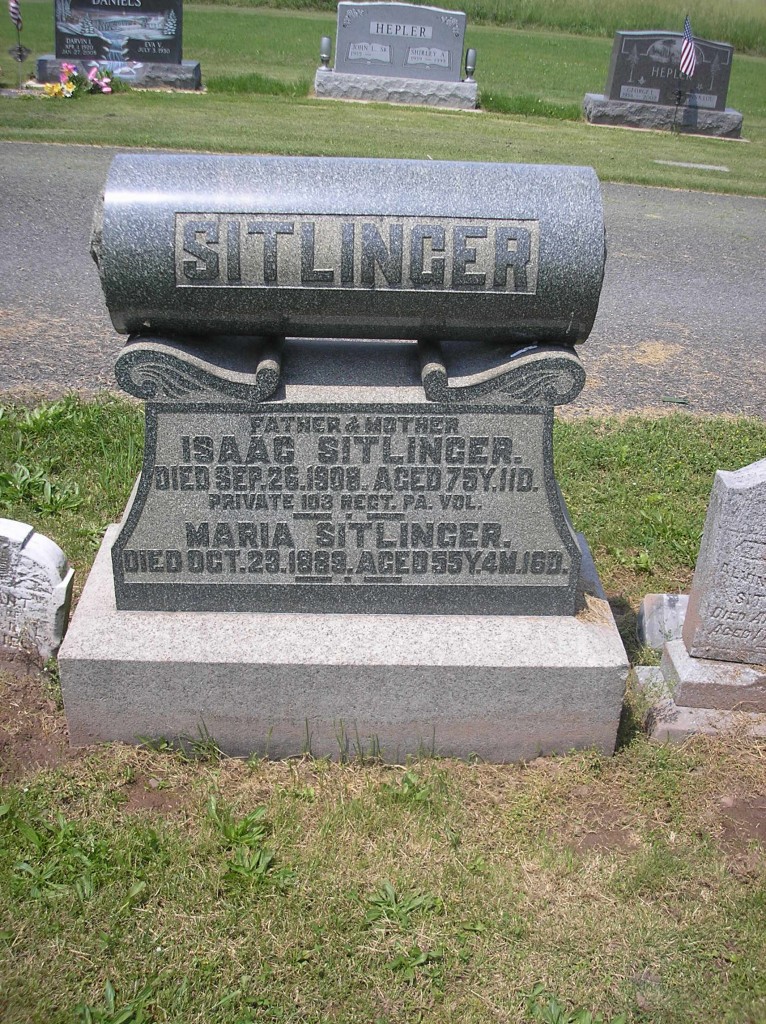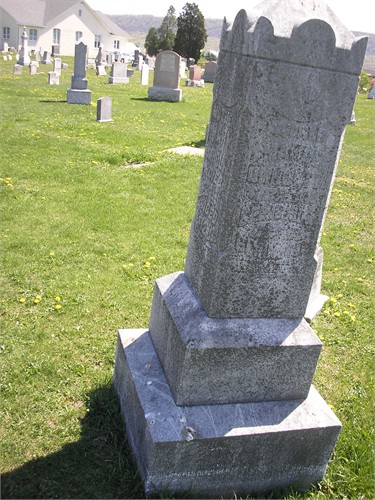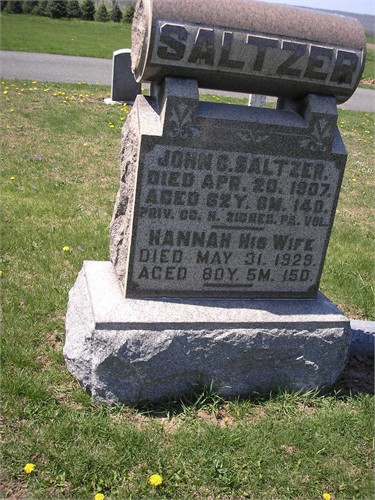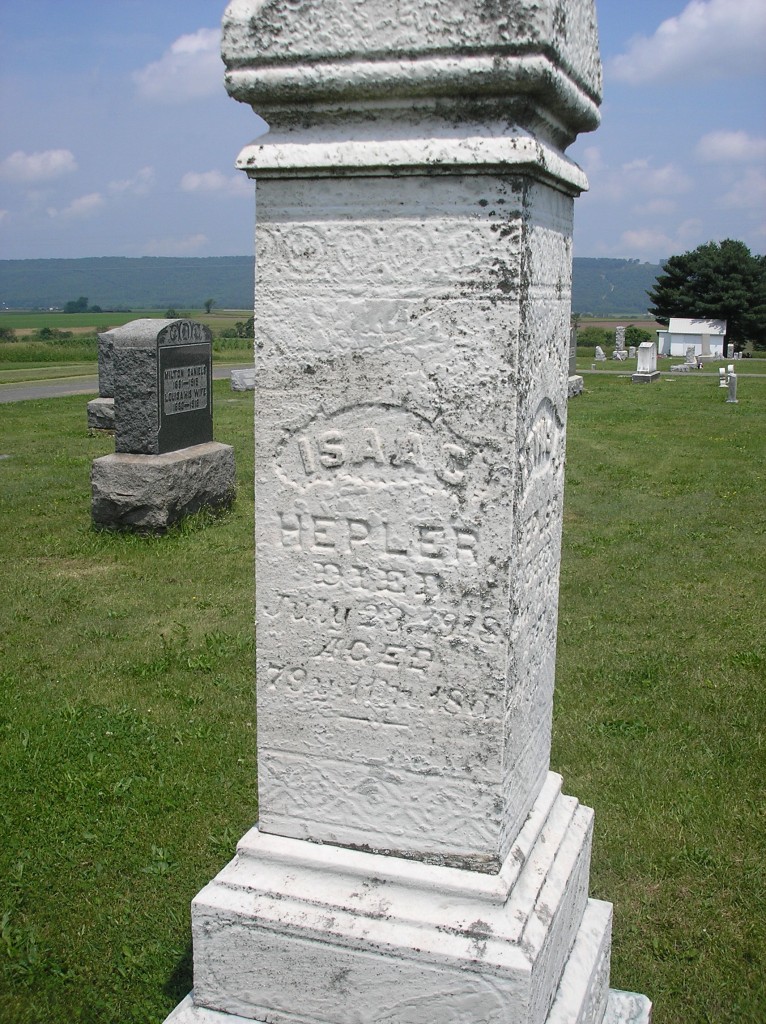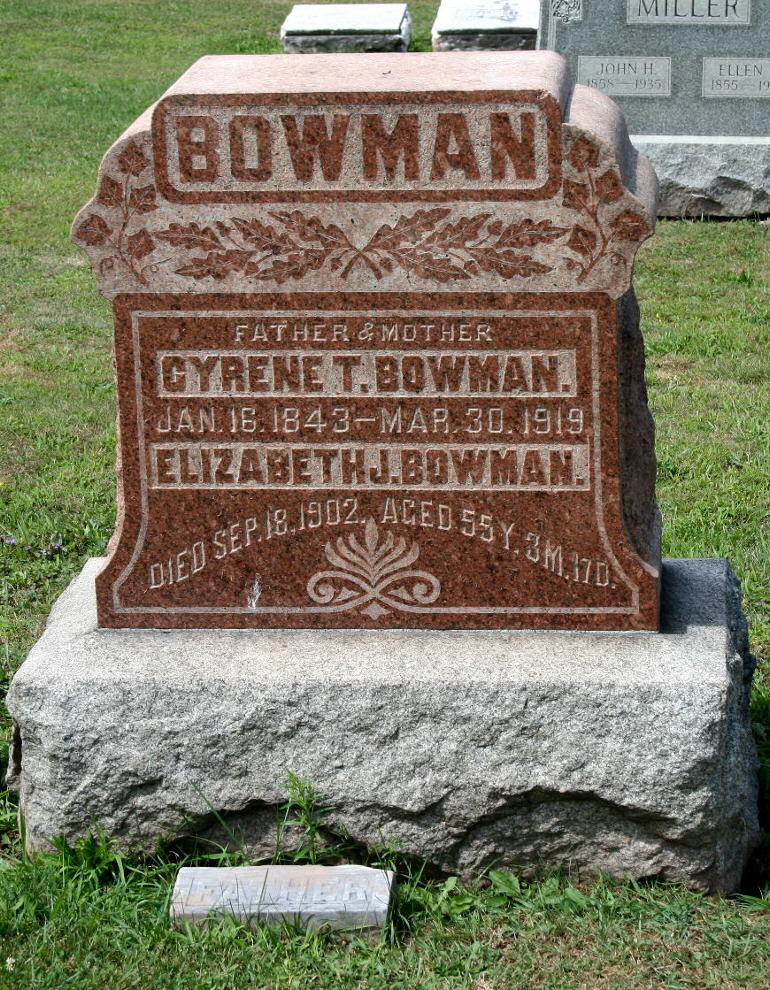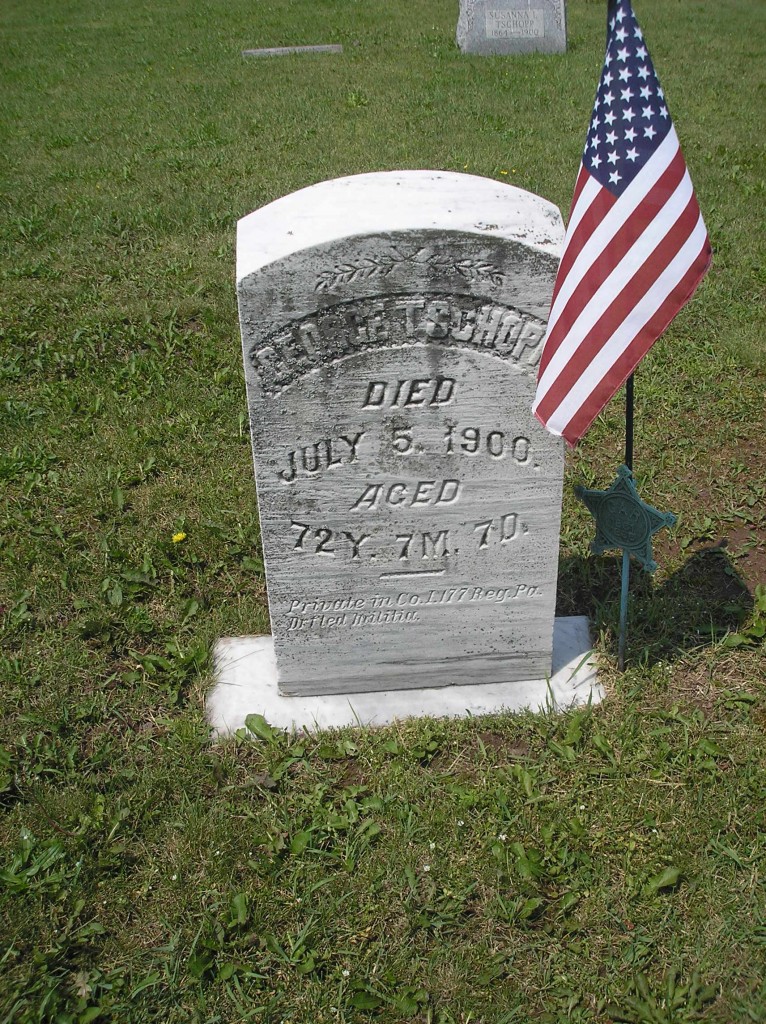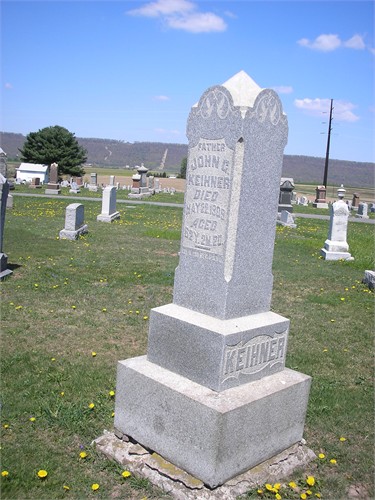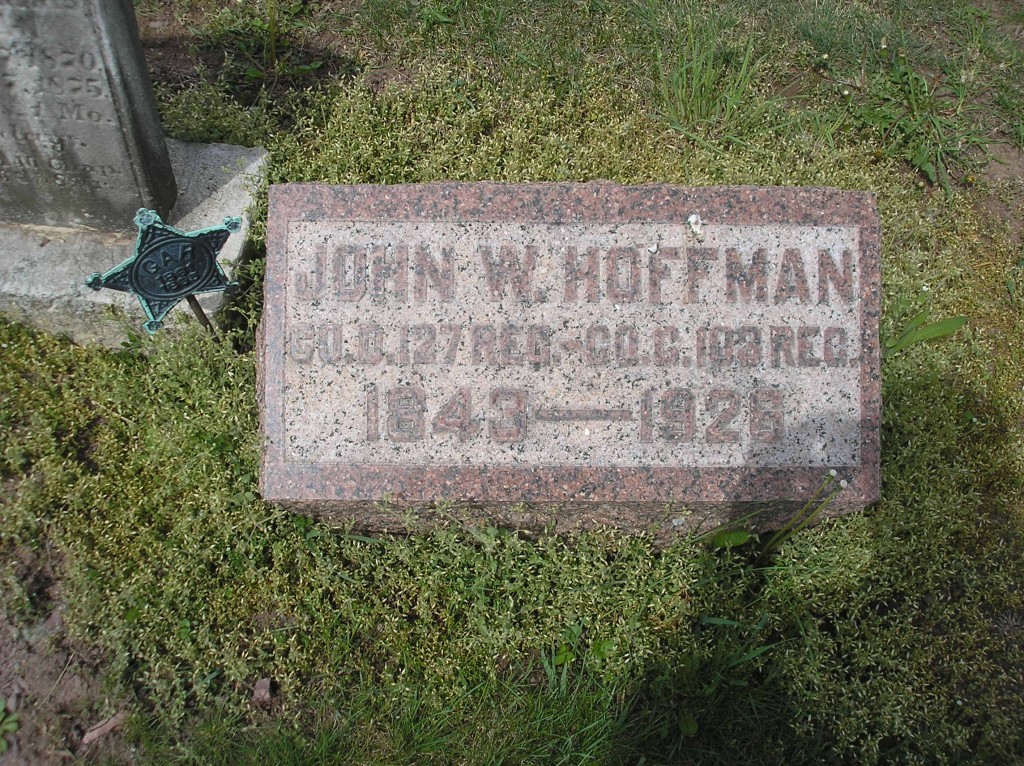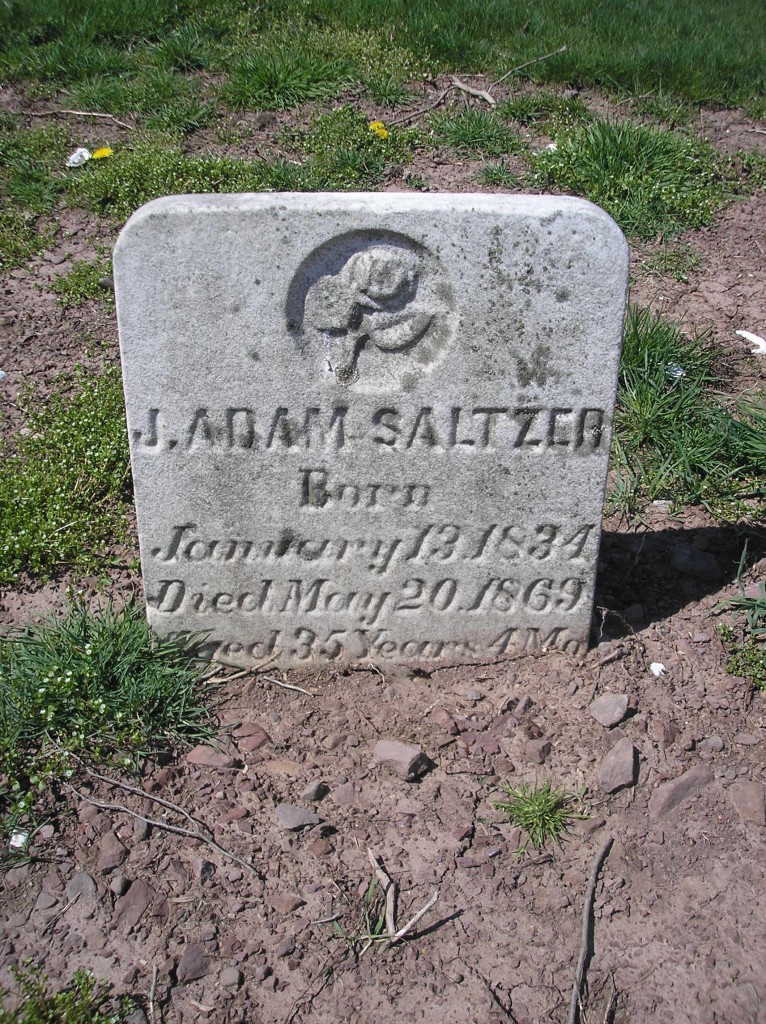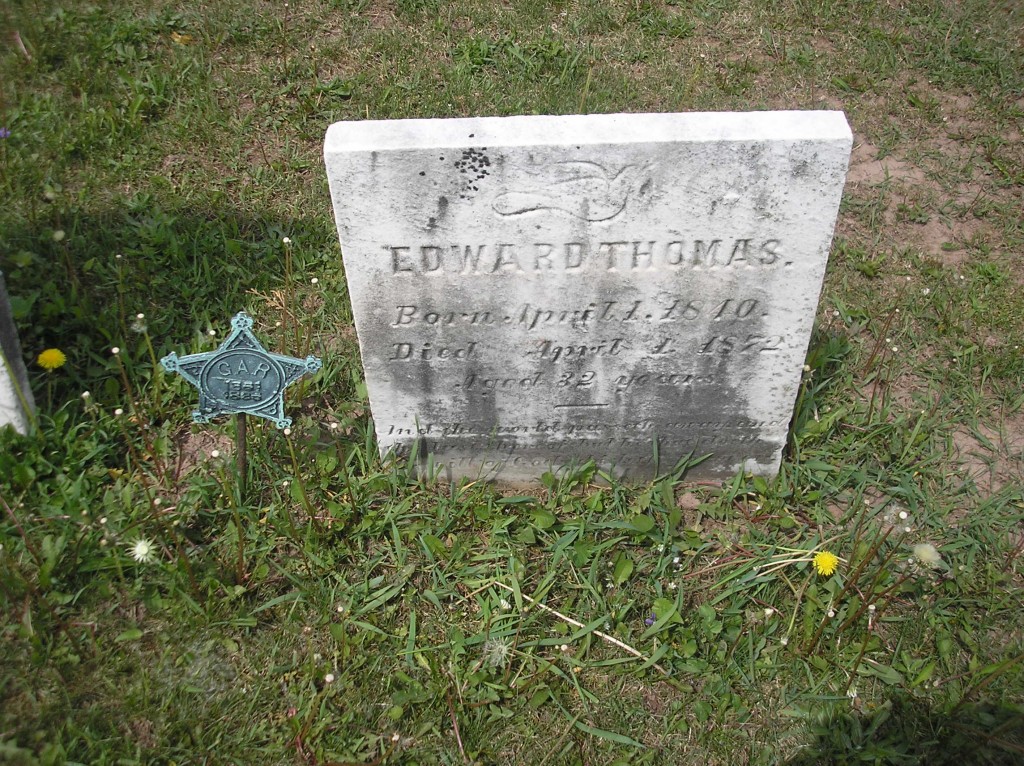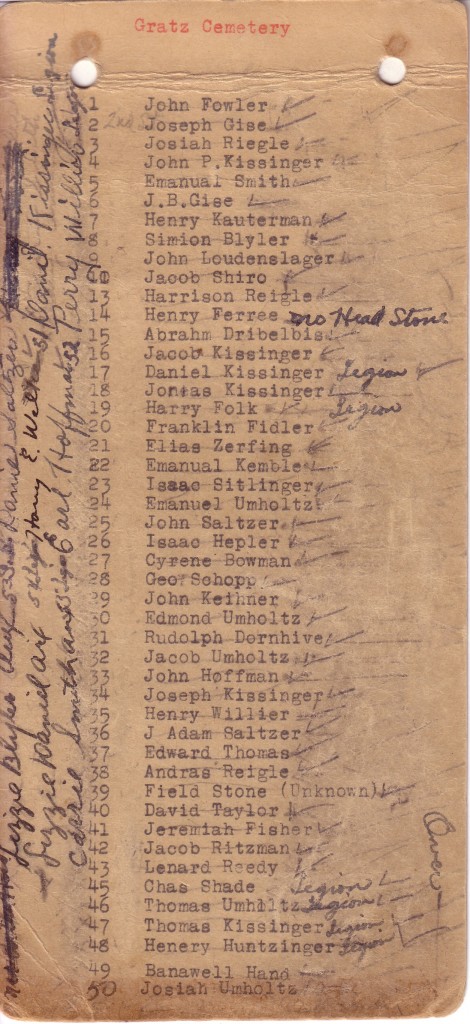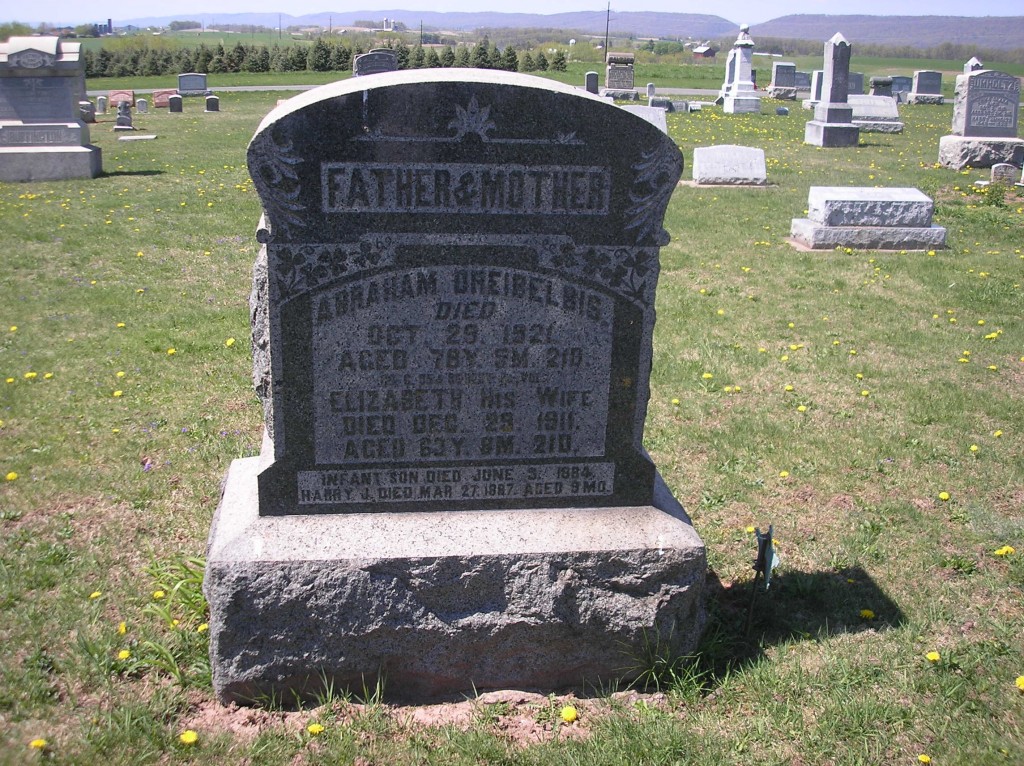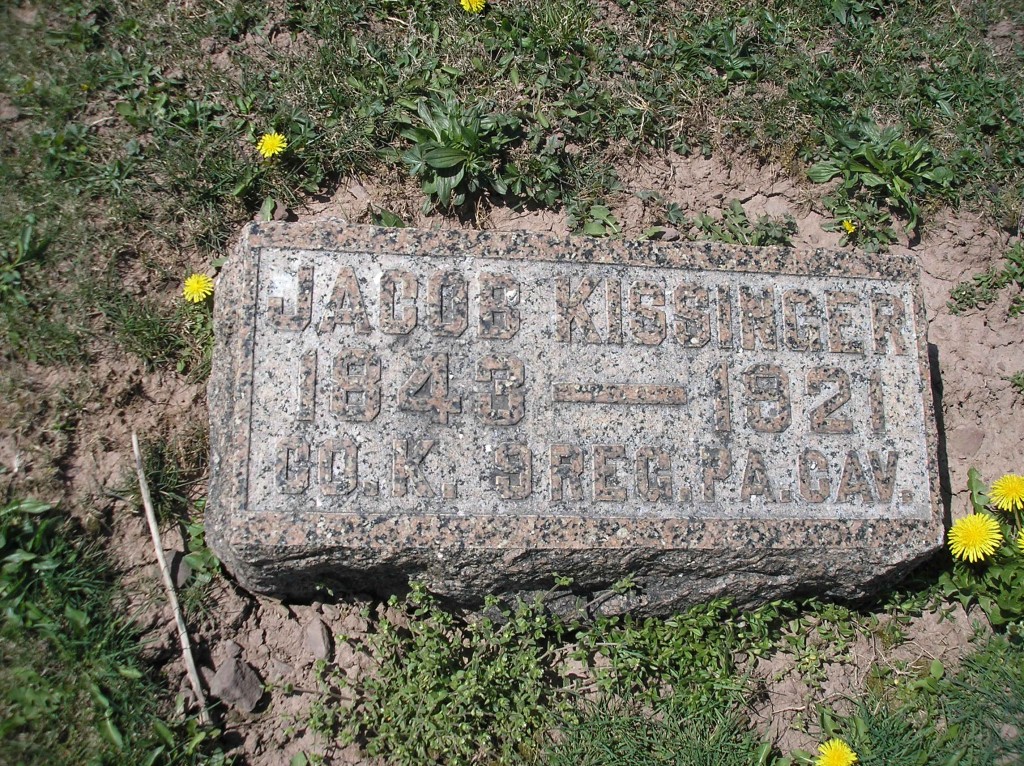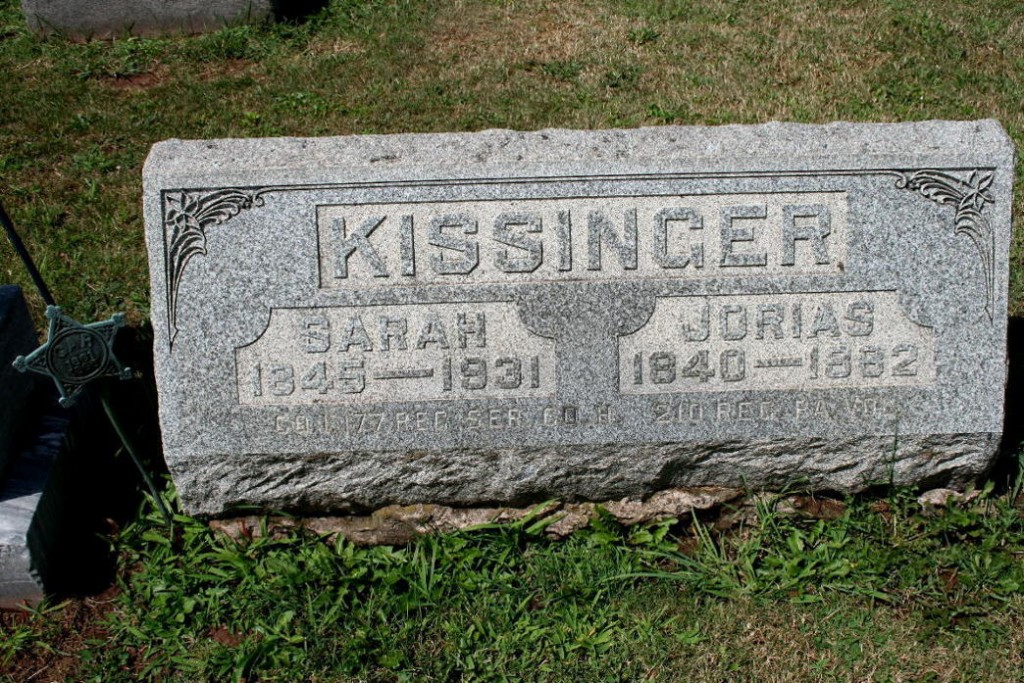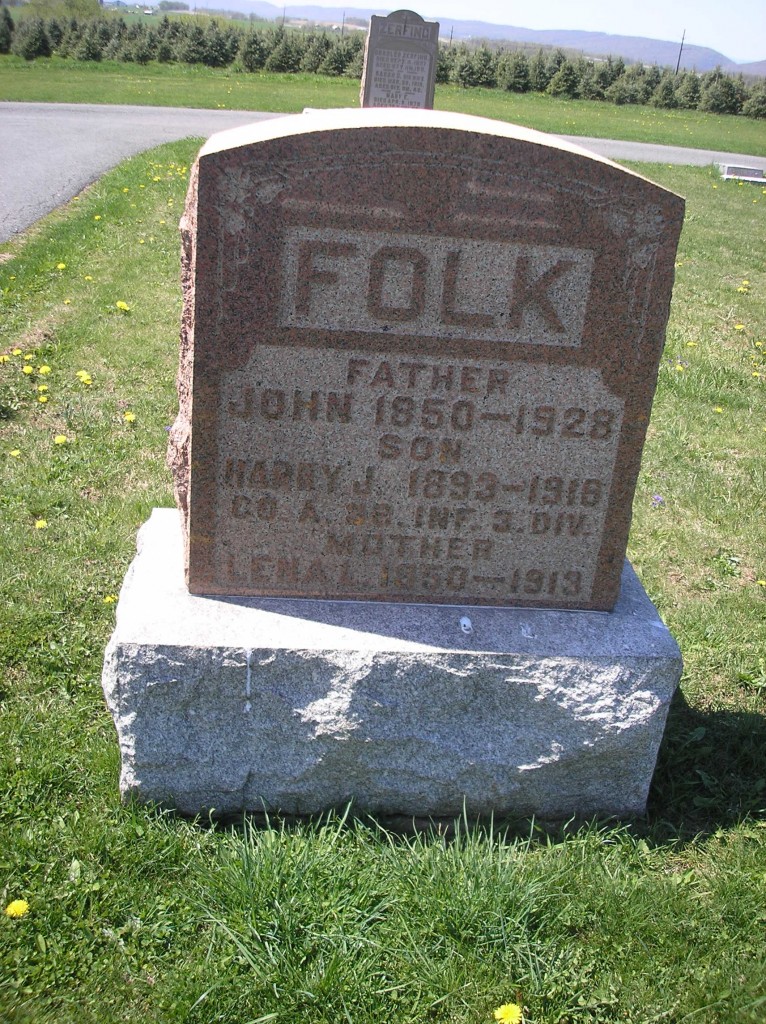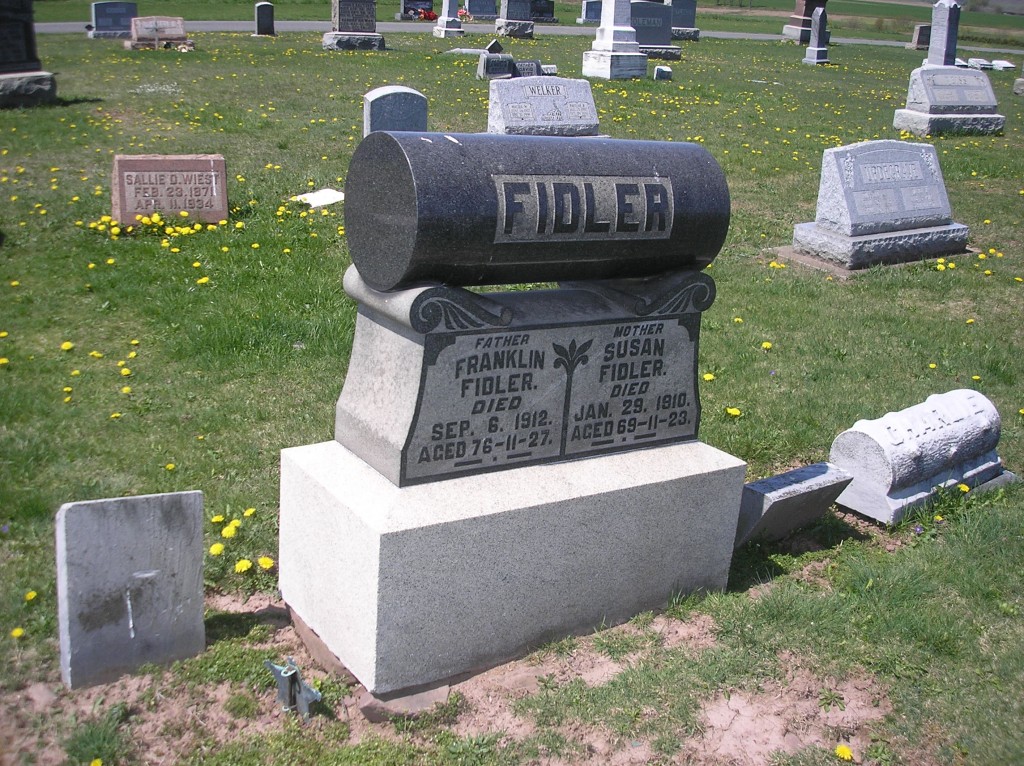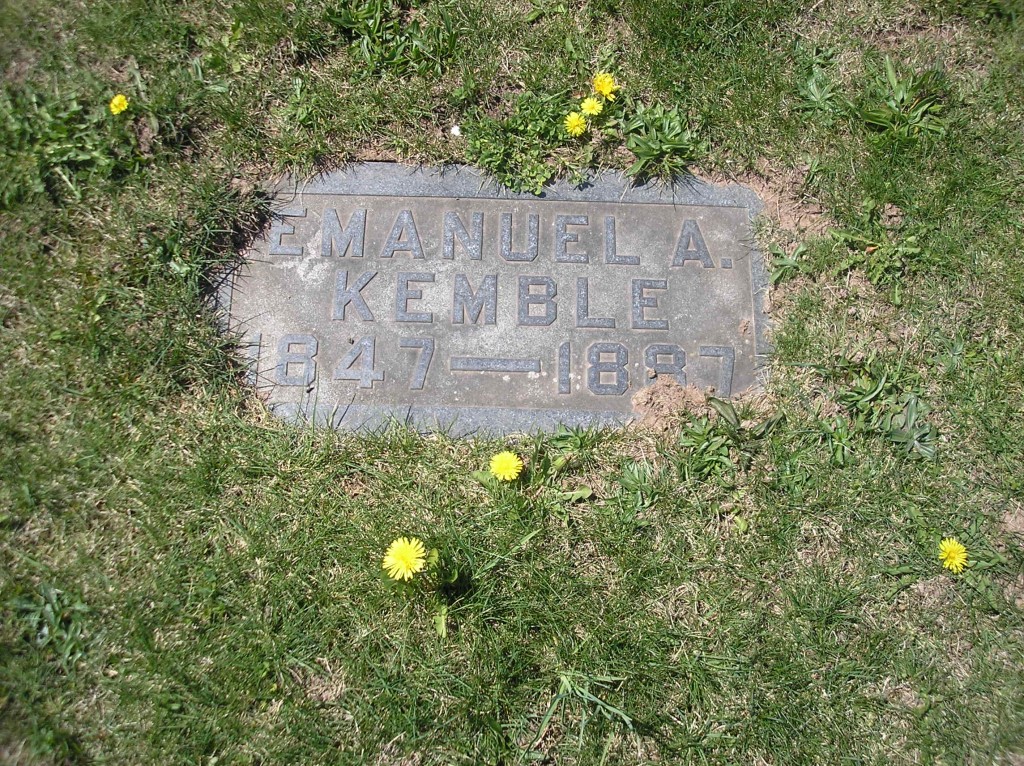Posted By Norman Gasbarro on February 9, 2012
Pennsylvania regiments that served in the Civil War used a numbering system that is sometimes confusing to those not familiar with the practices in place at the time the war began and the practices that evolved as the war continued. The first regiments that met the call of President Abraham Lincoln were formed for only ninety days service because Lincoln believed that the war would be of short duration and that if he asked a state regiment to serve longer, he would have to go to the U.S. Congress to to get a declaration of war. Although the nation was involved in a crisis, Congress did not plan to have session until July 1861. These first Pennsylvania regiments were numbered from1 to 29 and all were signed up for ninety days service. In 1861, the call went out from Governor Andrew Curtin for volunteers and more than enough men signed up and were mustered into these first 29 regiments. All of these regiments were infantry, or “foot soldiers.”
The Reserves. Since the “extra” men were not immediately needed for service, regiments 30 through 44 were asked to be ready in “reserve.” The first to be called upon, if needed, were known as the “1st Reserves”, the second as the “2nd Reserves,” and so on. The table below shows the “official” Pennsylvania Volunteer number for the regiment followed by the reserve number. This is sometimes confusing to family members in researching their veteran ancestor, because family information may indicate volunteering for service in the “6th Pennsylvania” when in fact this was actually the “6th Reserves” or the “35th Pennsylvania.” These Pennsylvania reserve units, when called into service, were “federalized” and were assigned to the Army of the Potomac. For the purpose of identification in searching this blog, the original, sequential Pennsylvania number is used, whether or not the unit or the soldier preferred to use the reserve number. Thus, the designation “35th Pennsylvania Infantry” would be the consistent search term on this blog for the members and service of this regiment – not “6th Pennsylvania Reserves.”
| Original Number |
Designated As |
| 30th Pennsylvania |
1st Pennsylvania Reserves |
| 31st Pennsylvania |
2nd Pennsylvania Reserves |
| 32nd Pennsylvania |
3rd Pennsylvania Reserves |
| 33rd Pennsylvania |
4th Pennsylvania Reserves |
| 34th Pennsylvania |
5th Pennsylvania Reserves |
| 35th Pennsylvania |
6th Pennsylvania Reserves |
| 36th Pennsylvania |
7th Pennsylvania Reserves |
| 37th Pennsylvania |
8th Pennsylvania Reserves |
| 38th Pennsylvania |
9th Pennsylvania Reserves |
| 39th Pennsylvania |
10th Pennsylvania Reserves |
| 40th Pennsylvania |
11th Pennsylvania Reserves |
| 41st Pennsylvania |
12th Pennsylvania Reserves |
| 42nd Pennsylvania |
13th Pennsylvania Reserves |
| 43rd Pennsylvania |
14th Pennsylvania Reserves |
| 44th Pennsylvania |
15th Pennsylvania Reserves |
Re-enlistments from Original Regiments. Another confusing factor in the numbering designation is that when the ninety day period for the first 29 regiments expired, most of the regiments were disbanded and the men went home. However, six of the regiments chose not to disband, but to volunteer for 3-year service. They were allowed to keep their original numerical designations. Thus, for the 11th, 23rd, 26th, 27th, 28th, and 29th, there is the first group of ninety day volunteers, and a second group of 3-year volunteers. Many of the men in these re-enlisted regiments referred to themselves as “veterans” which is sometimes confusing with the official Union Army designation for the units referred to as the “Invalid Corps.” A prior post described the “invalid corps” and how they came to be known as the “Veteran Reserve Corps.” Later, men who served for three-years and re-enlisted for a second three year term, were officially permitted to use the designation “veteran,”and were entitled to wear a “veteran stripe” on their uniforms.
The Cavalry. Men who had particular skills as horsemen, blacksmiths, farriers, etc., and who had volunteered in the early wave, were assigned to the 44th Pennsylvania Infantry, which was at first designated as the 15th Pennsylvania Reserves (see table above), but when mustered into service became the 1st Pennsylvania Cavalry. As the war progressed, more Pennsylvania cavalry regiments were formed and instead of using the sequential volunteer number, these units were known by their cavalry number. The table below indicates the original volunteer number and the designated cavalry number for each of the 22 Pennsylvania cavalry regiments that served at some point during the war. For the purpose of searching this blog, use “1st Pennsylvania Cavalry,” “2nd Pennsylvania Cavalry,” etc. to locate men and regimental information. The 10th Pennsylvania Cavalry was never organized, so it is omitted from the table.
|
Original Number
|
Designated As |
| 44th Pennsylvania |
1st Pennsylvania Cavalry |
| 59th Pennsylvania |
2nd Pennsylvania Cavalry |
| 60th Pennsylvania |
3rd Pennsylvania Cavalry |
| 64th Pennsylvania |
4th Pennsylvania Cavalry |
| 65th Pennsylvania |
5th Pennsylvania Cavalry |
| 70th Pennsylvania |
6th Pennsylvania Cavalry |
| 80th Pennsylvania |
7th Pennsylvania Cavalry |
| 89th Pennsylvania |
8th Pennsylvania Cavalry |
| 92nd Pennsylvania |
9th Pennsylvania Cavalry |
| 108th Pennsylvania |
11th Pennsylvania Cavalry |
| 113th Pennsylvania |
12th Pennsylvania Cavalry |
| 117th Pennsylvania |
13th Pennsylvania Cavalry |
| 159th Pennsylvania |
14th Pennsylvania Cavalry |
| 160th Pennsylvania |
15th Pennsylvania Cavalry |
| 161st Pennsylvania |
16th Pennsylvania Cavalry |
| 162nd Pennsylvania |
17th Pennsylvania Cavalry |
| 163rd Pennsylvania |
18th Pennsylvania Cavalry |
| 180th Pennsylvania |
19th Pennsylvania Cavalry |
| 181st Pennsylvania |
20th Pennsylvania Cavalry |
| 182nd Pennsylvania |
21st Pennsylvania Cavalry |
| 185th Pennsylvania |
22nd Pennsylvania Cavalry |
The Artillery. Men who had particular skills in ordinance or could easily learn them, were originally assigned to the 43rd Regiment which, according to the “reserve” table above, was originally designated as the 14th Pennsylvania Reserves. When mustered into service, this regiment became the 1st Pennsylvania Artillery. Altogether, there were 6 regimental designations for the artillery, although the 4th was actually created from surplus men from the 2nd, and then disbanded after short service. Some of the regiments were known as “Heavy Artillery” and others as “Light Artillery,” but for the purposes of searching this blog, omit the words “heavy” and “light” and simply search for “1st Pennsylvania Artillery,” “2nd Pennsylvania Artillery,” etc. The table below gives the numerical designation and the artillery equivalent.
| Original Number |
Designated As |
| 43rd Pennsylvania |
1st Pennsylvania Artillery |
| 112th Pennsylvania |
2nd Pennsylvania Artillery |
| 152nd Pennsylvania |
3rd Pennsylvania Artillery |
| 112th Pennsylvania + |
4th Pennsylvania Artillery |
| 204th Pennsylvania |
5th Pennsylvania Artillery |
| 212th Pennsylvania |
6th Pennsylvania Artillery |
Named Units. Further confusing the regimental designations were “original” names that stuck with regiments. One of the most famous of these was the “Bucktails” which was actually three separate regiments. The original designation with the “Bucktail” designation is shown in the table below. for the purpose of searching this blog, the original number is used to find the men and activities of the regiment, e.g., “149th Pennsylvania Infantry” rather than “2nd Pennsylvania Bucktails.”
| Original Number |
Known As |
| 42nd Pennsylvania |
1st Bucktails |
| 149th Pennsylvania |
2nd Bucktails |
| 150th Pennsylvania |
3rd Bucktails |
Independent Batteries. Other named units included independent artillery batteries. At some point it was decided that the artillery operated better as a “battery” of about 100 men rather than as a regiment of about 1000 men, so smaller groups were allowed to form on their own with their own leader. Pennsylvania had nine different batteries of about 100 men each. In searching this blog for the independent batteries, search by the name of the battery rather than the letter designation, e.g., “Thompson’s Independent Battery.”
| Battery Letter |
Commander |
| A |
Schaffer |
| B |
Muehler |
| C |
Thompson |
| D |
Durrell |
| E |
Knap |
| F |
Hampton |
| G |
Young |
| H |
John Nevin |
| I |
Robert Nevin |
Drafted Militia. Regiments numbered 158 and 165 through 179 were drafted to meet the quotas required for Pennsylvania. These regiments served for nine months. While their official designation included the word “drafted,” for the purposes of searching this blog, simply use “177th Pennsylvania Infantry“, “178th Pennsyvlania Infantry,” etc. to find the men and records of these regiments. These regiments were taken into federal service and although the men sometimes referred to themselves as “militia,” they should not be confused with the emergency forces that were specifically called upon to defend the state from the threat of invasion.
Emergency Militia. Emergency militia units were state troops that served for varying periods of time. The two primary periods of time when these units were called into service was in 1862 during the Confederate invasion of Maryland and in 1863 during the Confederate invasion of Pennsylvania.
The 1862 emergency militia had a separate numbering system from 1 to 25, but the system was for convenience only as the men were not assigned to the corresponding three-month units of the same number. These units did not see combat and were discharged after only a few days of service. Likewise, the 1863 emergency units were numbered from 26 through 60 and also were not officially assigned to their corresponding numbered regiments. These men saw service for up to three months , some in skirmishes and battles, with the most notable of these being the 26th Emergency Militia Infantry which saw action at the Battle of Gettysburg and has recognition on the Pennsylvania Memorial at the National Battlefield Park as well as a separate monument on the west side of the town of Gettysburg. For the purposes of locating men and records in this blog, the appropriate numerical designation is used to search; thus “26th Pennsylvania Infantry” is used to find the records of both the regular regiment of that name and the “emergency” force of that name. Separation is easy in that the text of the blog usually reports the dates of service or uses the word “emergency” or “militia.”
In addition to the numbered emergency militia, there can be found independent emergency militia, artillery and cavalry as well as a unit referred to as the “National Guard.”
Finally, an 1864 confederate incursion into Pennsylvania at Chambersburg resulted in the last of these emergency groups called into service. These 1864 regiments had no numbers and were known by the names of their commanders.
One of the disadvantages of serving in these militia was that service was for a short period of time – too short to qualify for a pension as many found out later when they became invalids as a result of conditions they believed were a result of their brief war service.
Colored Troops. Prior to 1863, many African Americans served in integrated units although their service was rarely acknowledged as such. Several examples of this have been previously given in this blog – one in particular where one family had several members who served in the Gratztown Militia and emergency forces but later were denied service in “federalized” state-formed units that were supposedly all white. When African Americans were officially allowed to serve in the military in 1863, the state organized them into numerical units that were designated as “United States Colored Troops (USCT).” All of these regiments had white commissioned officers and some of these officers as well as some of the men were from the Lykens Valley area or had a connection to the Lykens Valley area. The list below gives the numbered regiments of the United States Colored Troops from Pennsylvania:
| African American Regiments from Pennsylvania |
| 3rd United States Colored Troops (USCT) |
| 6th United States Colored Troops (USCT) |
| 8th United States Colored Troops (USCT) |
| 22nd United States Colored Troops (USCT) |
| 24th United States Colored Troops (USCT) |
| 25th United States Colored Troops (USCT) |
| 32nd United States Colored Troops (USCT) |
| 41st United States Colored Troops (USCT) |
| 43rd United States Colored Troops (USCT) |
| 45th United States Colored Troops (USCT) |
| 127th United States Colored Troops (USCT) |
The final comment will be on designations for “companies” within regiments. In nearly every case, companies were designated with a letter of the alphabet. In referring to his unit, the soldier almost always gave the company first, followed by the regiment number. This was a way of “addressing” the unit designation much in the way that a person is addressed by their first name followed by their last name. However, in locating the unit, the records are always filed under the “last name” (the regiment) followed by the “first name” (the company). Also note that in nearly all cases, the letter “J” was not used because when written, looked like the letter “I.” Regimental officers were in “HQ” or “Headquarters” – and in some records, they can be found in “F & S” (Field and Staff). Where musicians were separate “companies,” they can be found in “Band” or “Mus.” Buglers for the cavalry are found in the headquarters staff.
Category: Overviews, Research, Resources |
2 Comments »
Tags: Abraham Lincoln, African Americans, Anrew Curtin, Regiments
 ;
;
